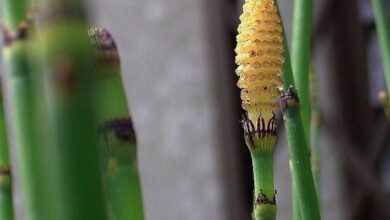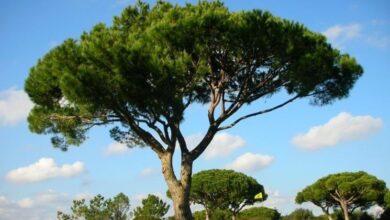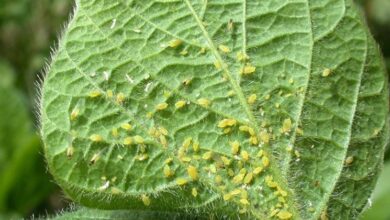Beech tree
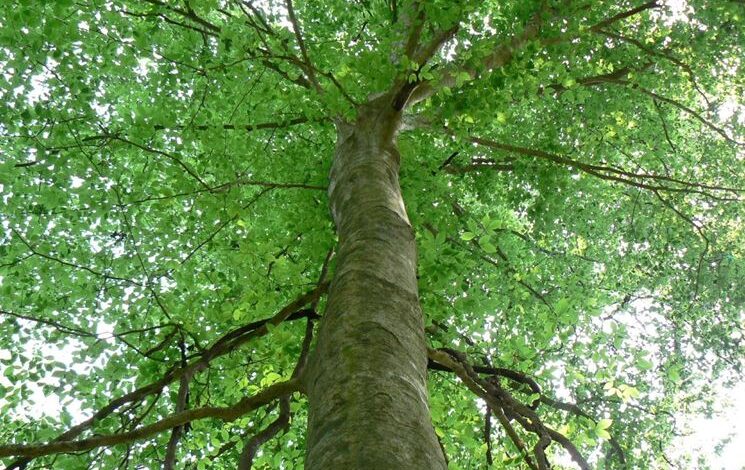
How much to water a beech and how
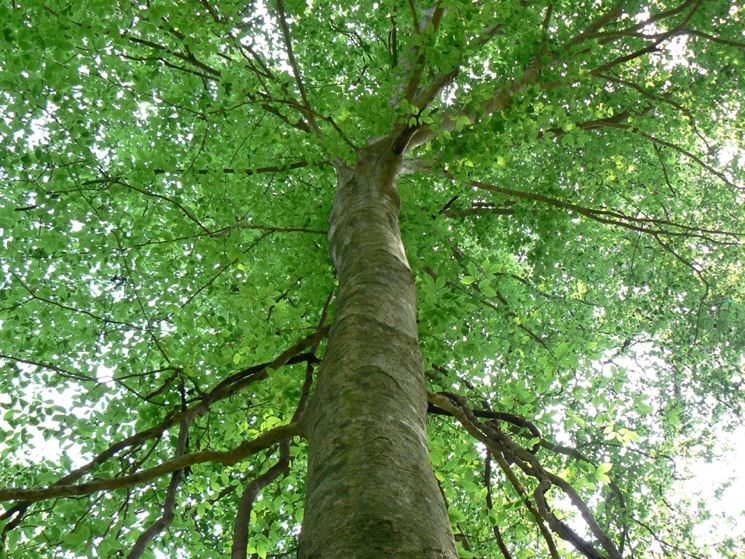
How to grow and care for a beech
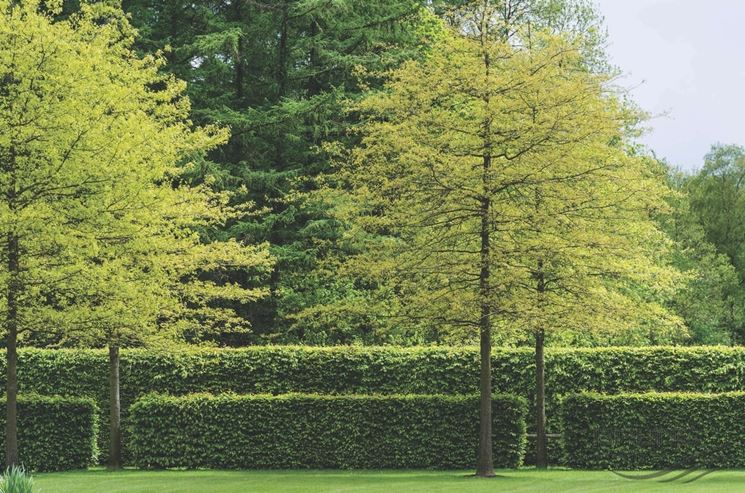
The beech is a tree that does not have many claims, if not those of having at least a few hours of sunshine a day. In fact, it does not fear the cold, it is wind resistant, but it is sensitive to hot and dry seasons. In private gardens and woods, beech trees tend not to have particular needs once they have been well planted in the ground, being able to settle for water from the rains. If you want to grow a small beech, it is good to choose a place in the sun, at least for part of the day. In the chosen place, an adequate planting hole must be prepared, with the necessary space to accommodate the home of the young tree. After covering the hole with manure and soil, it is advisable to properly compact the latter and water, in order to make everything well drained and fertilized. The subsequent cultivation does not require particular techniques, if not a particular attention for the soil and for the watering, which must always be regular, not abundant and dosed. Growth is quite slow and the tree does not even need special pruning, as it can naturally take a balanced shape.
Beech fertilization
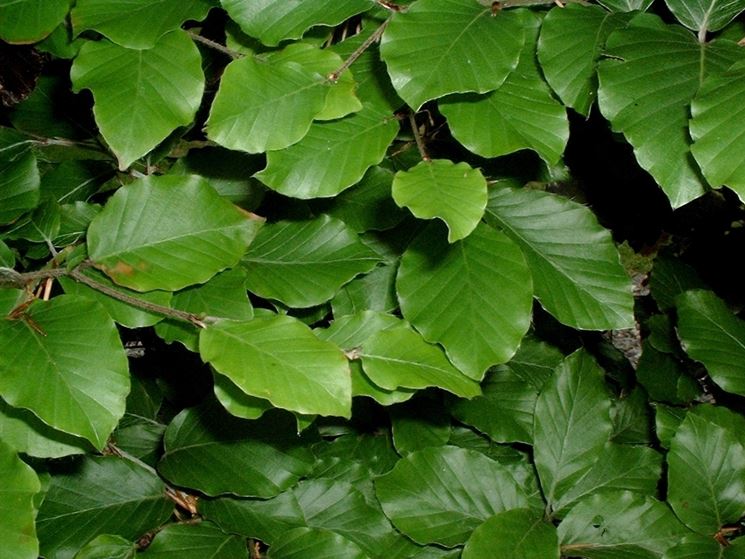
A beech must be fertilized from the moment it is planted in the ground, and therefore from the beginning of its cultivation. It is especially when it is young that the tree needs particular nutritional substances in order to subsequently develop all its splendor. Fertilization, although it must be regular and constant, must not occur with a certain frequency, as it can be done only once every two or three years. When planting the beech, it is advisable to insert a good quantity of manure in the bottom of the hole. This procedure guarantees a long fertility to the soil for at least a couple of years. It would be good to proceed with fertilization especially in the autumn and winter months, or when the vegetative cycle of the tree is at rest. Beyond the manure, it may be advisable to add a certain amount of organic fertilizer, such as earthworm humus, a couple of times a year. Keeping the soil well fertilized from an organic point of view allows to improve the quality of life of the same tree and allows to favor a correct development of the trunk, branches and leaves.
Beech: Diseases of the beech
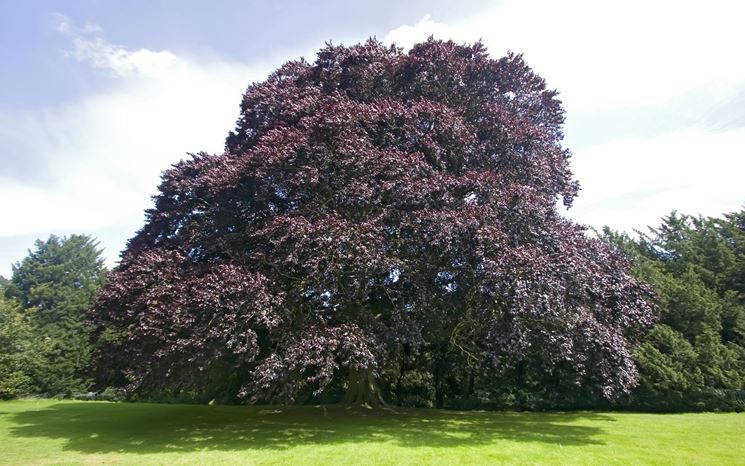
The beech is perhaps one of the trees that is most often attacked by animal parasites, which happens especially when the tree is at a young age. Some of the parasites that can infest the beech are beetles and dipters, which nest in the branches of young trees, eating all the substances, both those of the leaves, roots and branches. These parasites can cause serious damage to the life of the tree, as they also affect the buds and flowers, compromising their correct biological development. This infestation can only be remedied with the use of antiparasitic substances, which can be found in specialized shops. In addition to parasite infestations, molds are also very widespread, in particular powdery mildew, especially for those beech trees that have been planted in private gardens or woods. These molds develop mainly during the spring months and are witnesses of poor soil drainage and an insufficiently temperate living environment. In this case, resolution can be brought about by carrying out a correct fertilization and irrigation of the soil, making it more drained and suitable for the needs of the beech.


